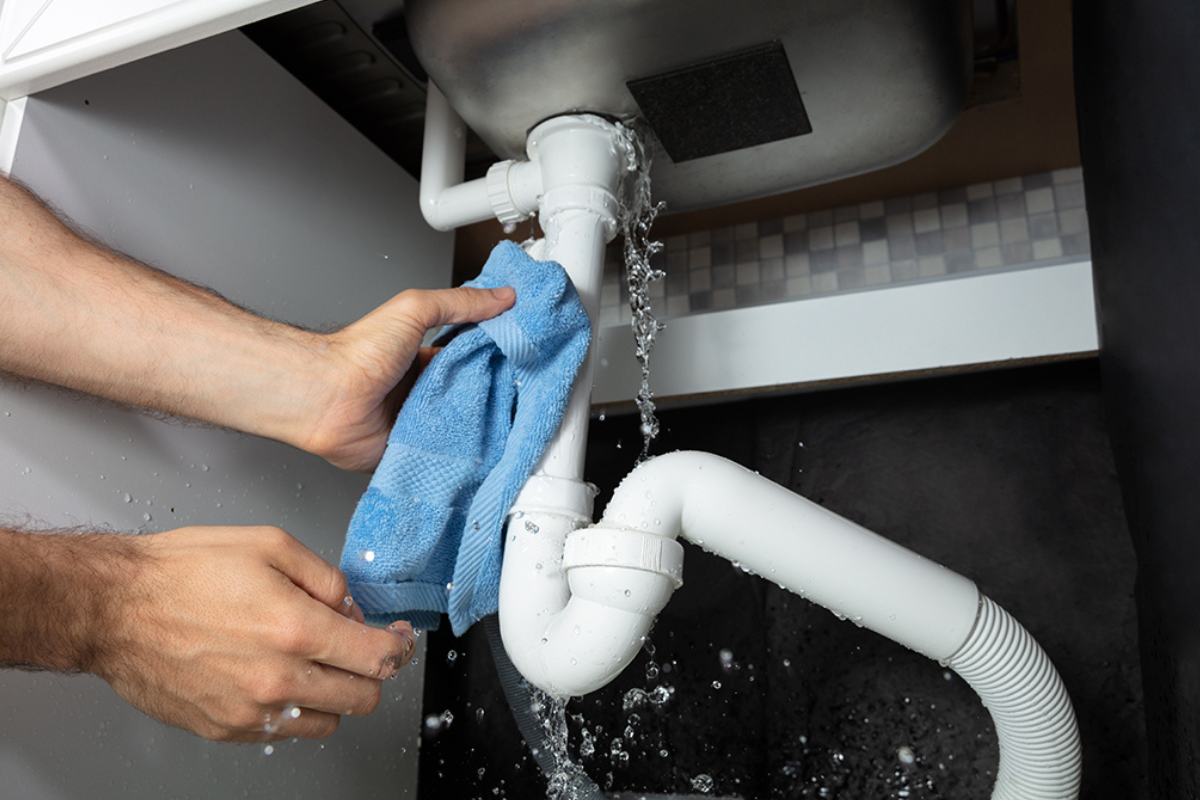
Imagine a scenario where a sudden plumbing issue arises at home, and you find yourself surrounded by water leaks or a malfunctioning faucet. While the temptation to call a professional plumber may be strong, there are many situations where you can tackle the problem yourself. In this guide, we’ll explore some wholesome tips for DIY plumbing repair at home, empowering you to handle common issues efficiently.
Assess the Situation: Identify the Problem
Before grabbing your toolbox, take a moment to assess the situation. Is it a leaky pipe, a clogged drain, or a faulty faucet? Understanding the problem is the first step in finding a solution.
Water Leaks: The Silent Culprits
Identify the source of the leak and determine its severity. A thorough inspection helps in pinpointing the problem area.
Clogged Drains: A Common Nuisance
Understanding what’s causing the blockage is crucial. It could be hair, grease, or foreign objects obstructing the pipes.
Gather Your Tools: A DIY Arsenal
Equipping yourself with the right tools is half the battle won. A well-stocked toolbox can make your DIY plumbing venture smoother.
Basics: Wrenches and Plungers
Invest in quality wrenches and plungers. These tools are fundamental for addressing a variety of plumbing issues.
Advanced Tools: Augers and Pipe Cutters
For more complex issues, having tools like augers and pipe cutters can be immensely helpful.
Safety First: Protective Measures
Before delving into repairs, prioritize your safety. Taking precautionary steps ensures a secure DIY plumbing experience.
Protective Gear: Gloves and Goggles
Shield yourself from potential hazards by wearing gloves and safety goggles. Plumbing can get messy, and protection is key.
Shut Off the Water Supply
Before any repair, locate and turn off the main water supply. This prevents accidents and minimizes water damage.
DIY Fixes: Practical Solutions
Armed with knowledge and tools, let’s explore practical DIY fixes for common plumbing issues.
Patch Up Leaks with Epoxy Putty
For minor leaks, epoxy putty acts as a quick and effective temporary solution until professional help arrives.
Unclogging Drains with Homemade Solutions
A mixture of baking soda and vinegar can work wonders in unclogging drains. Pour it down, wait, and flush with hot water.
Knowing When to Call a Professional: DIY Limitations
While DIY fixes are empowering, it’s crucial to recognize when a plumbing issue requires professional intervention.
Complex Issues: Leave it to the Pros
Issues involving the main sewer line or extensive pipe damage are best handled by experienced plumbers.
Continuous Leaks: A Red Flag
If a temporary fix doesn’t stop the leak, it’s time to call in professionals to prevent further damage.
FAQs (Frequently Asked Questions)
Can I use duct tape to fix a leaking pipe temporarily?
While duct tape might provide a temporary solution, it’s advisable to use epoxy putty for a more effective and lasting fix.
How often should I inspect my plumbing system for potential issues?
Regular inspections every six months can help catch minor issues before they escalate into major problems.
Is it safe to use chemical drain cleaners for unclogging pipes?
Chemical drain cleaners can damage pipes and harm the environment. Opt for natural alternatives like baking soda and vinegar.
What should I do if I can’t locate the source of a water leak?
If you’re unable to identify the source, it’s best to turn off the main water supply and seek professional assistance.
Are there any DIY solutions for a running toilet?
Adjusting the float or replacing a faulty flapper are common DIY fixes for a running toilet.
Conclusion: Empowered Plumbing Mastery
Embarking on DIY plumbing repairs doesn’t have to be daunting. With the right knowledge, tools, and safety measures, you can tackle common issues with confidence. Remember, knowing your limits and when to seek professional help is a crucial aspect of maintaining a wholesome plumbing system at home.